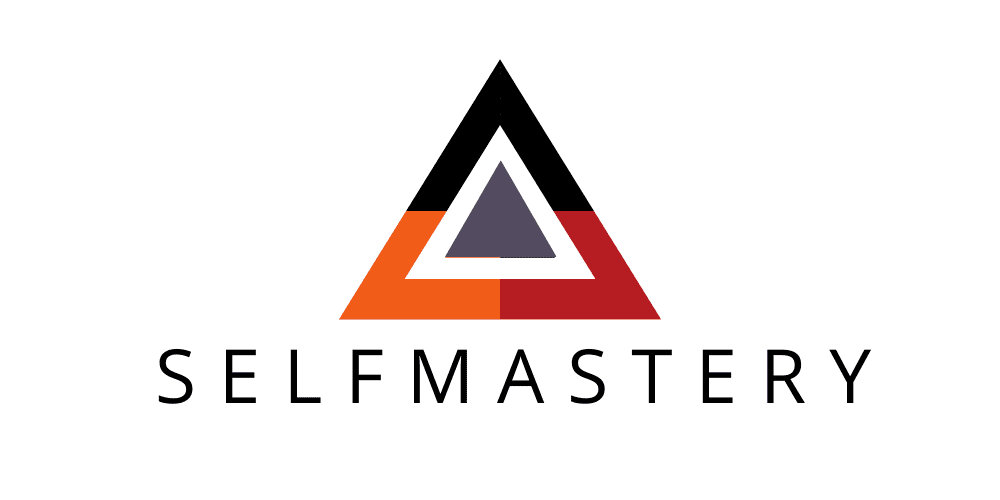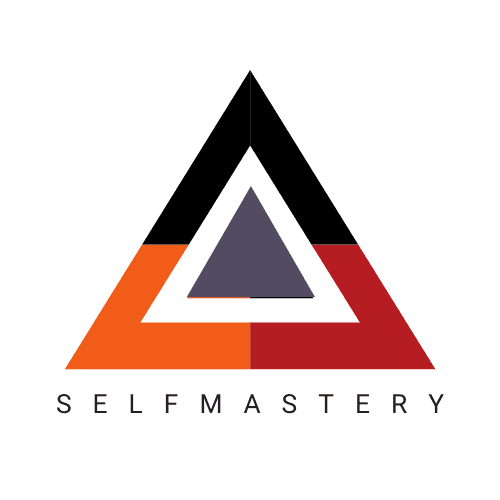
28 Jun What is Cognitive Reframing and how to use in training
This one is also features Henrick, but there is no rower. It is pretty powerful so hold on tight.
Henrick just finished a benchmark workout, and things did not go his way. He feels sad and disappointed. He has a big CrossFit competition in August, and this benchmark is set up in preparation for that. He writes me an email right away. “I could not hold the pace … I really thought I could. I finished two minutes over what I thought I should have done. 🤷♂️🙍♂” You see, Henrick has been training consistently for the past four months. Until this benchmark, he had been riding a wave of excitement. He was proud of all the progress he had been making. He was feeling fast and strong. Henrick is not an experienced athlete and so he does not know how to measure his capacity very well. So the time he had in mind for this benchmark was not a very realistic one because it was based on his excitement, rather than data. This ended up putting unhelpful pressure on him, and distracted him from his training.
When I read his email I was so happy! This was a great learning moment. I immediately wrote back to Henrick. This is awesome Henrick, let’s talk about it some more! I am sure he did not agree with me. When we talked it over it was clear that having a time to achieve in his head did not help him during this workout at all, quite the opposite. According to his plan he should have finished the first round under 2 minutes, but he did not. After that, the workout became one disappointment after another. He had to push through three more difficult sets just to finish because he was already defeated. It was gnarly.
When we talked things over, I explain to him that I think this training session was a godsend. We have plenty of time between now and August, and the lesson he learned is invaluable. Henrick needs to understand that focusing on results during a workout takes his attention from where it needs to be: on his movement and his performance. It is such a hard lesson. We want the result but focusing on it does not help, as Henrick painfully realizes now. When we finished our call, he is feeling a bit better. The event did not change, the workout was equally nasty, his initial disappointment had still happened, but he had learned something from it, and now he was better than before. He actually improved; he was a better athlete!
What is Cognitive Reframing and how to use in training
What we did in our call is the most basic and important tool a coach has at her disposal. It is called cognitive reframing and it was developed by psychologists in the 70’s. It consists of giving your athlete a new perspective, a second way to think about a particular event. In my practice I aim to give my athletes a reframing in which they grow.
As you can see from Henrick’s example we are not trying to change the reality of something, we are not trying to say: hey Henrick approaching the workout as you did was an awesome decision! It was not. We are not rationalizing a bad decision into a good one. But instead of viewing his workout as a failure, we gave him a frame in which this workout actually built him up. It was an unproductive approach that he now knows not to take in the future. Also this all happened way before his competition. What he learned today he can apply on race day. He is now a wiser and more mature athlete. We really won!
Reframing is such a powerful tool. The more you do it, the more powerful it becomes. It is based on one simple fact: our identities are narrative constructs. Who we think we are and what we think of as “reality” is a bunch of stories. We cannot escape that, no matter how enlightened we are. We are limited by how our brains work. Knowing this allows you to tear down unproductive narratives, as much as it allows you to choose the ones that build you up.
Now don’t get me wrong. This is more complex than painting it all with a rose color, or saying that everything happens for a reason. Reframing requires ownership of your actions and it requires a growth mindset. When we reframe for Henrick, we need him to take full ownership of the fact that he was focused on his result and not on the intended stimulus of the workout. And we need him to confront reality and truly look for aspects in which he can improve.
If I had received his email when I was a less experienced coach, I would have taken it hard because in those days, I wanted my athletes to always feel amazing. A L W A Y S. I would have taken it as a failure of mine. But with experience I have learned to see everything as a process and to reframe also for myself. I know disappointment is part of the athlete’s journey. I know Henrick can use this workout to understand how important it is to focus on the things he can control during a workout. This experience will make him more humble because he knows now that being able to predict an athletes’ performance in order to decide a pacing and timing strategy requires many hours of training with the same athlete and tons of consistency. But more importantly, this experience made me go and review my writing for my training plans. I am now focusing on giving my athletes much more concise and precise training objectives behind each workout. I know that in this way I help them to focus on the right thing. I know I will make Henrick a much better athlete if I giving him one or two objectives behind each workout, and the reasons for those. I know if I do that, he will learn from each workout, and when he is evaluating his success he will have all the tools necessary to make the best assessment and framing he can. When the next benchmark comes, both Henrick and I will be better prepared!
FAIL, FAIL BETTER, REFRAME
juan


